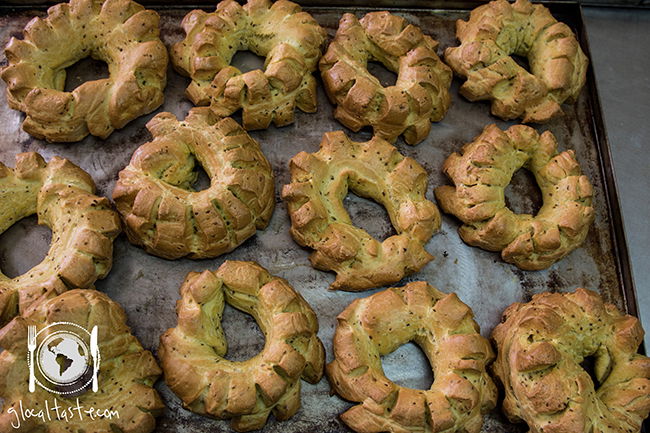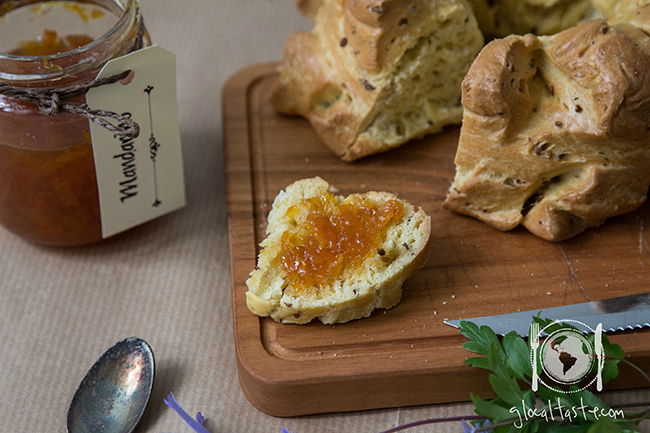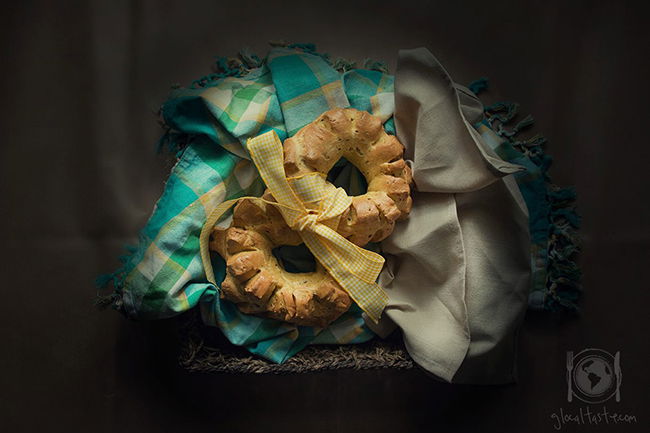FOOD AND WINE
The Cesanese Wine
The DOCG territory extends into the areas of the municipalities of Piglio, Serrone, Acuto, Anagni and Paliano. The most important vineyards are located on the slopes of the Ernici mountains and in the upper Valle del Sacco, at altitudes between 200 and 800 meters, on land generally composed of red earth.
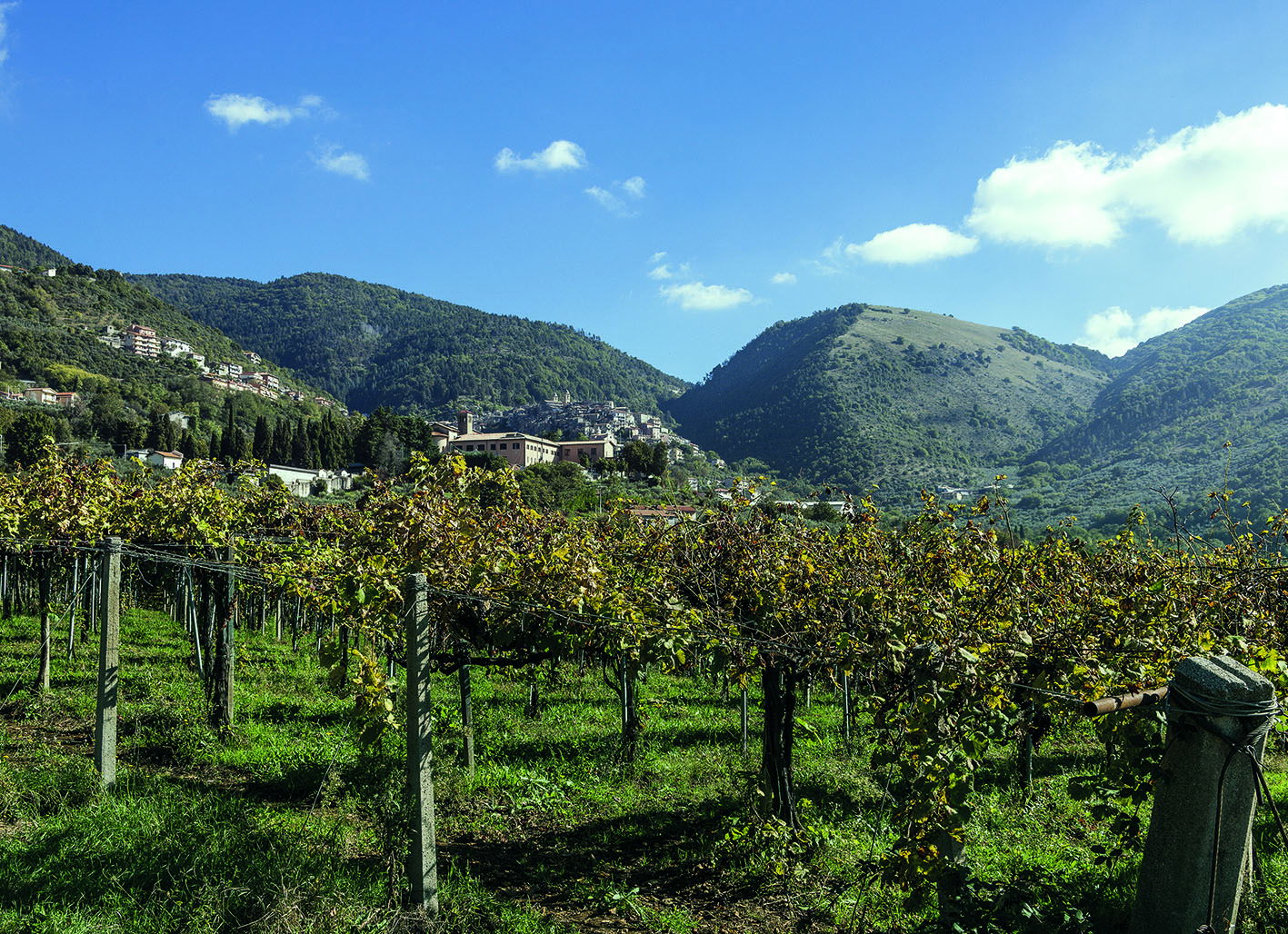
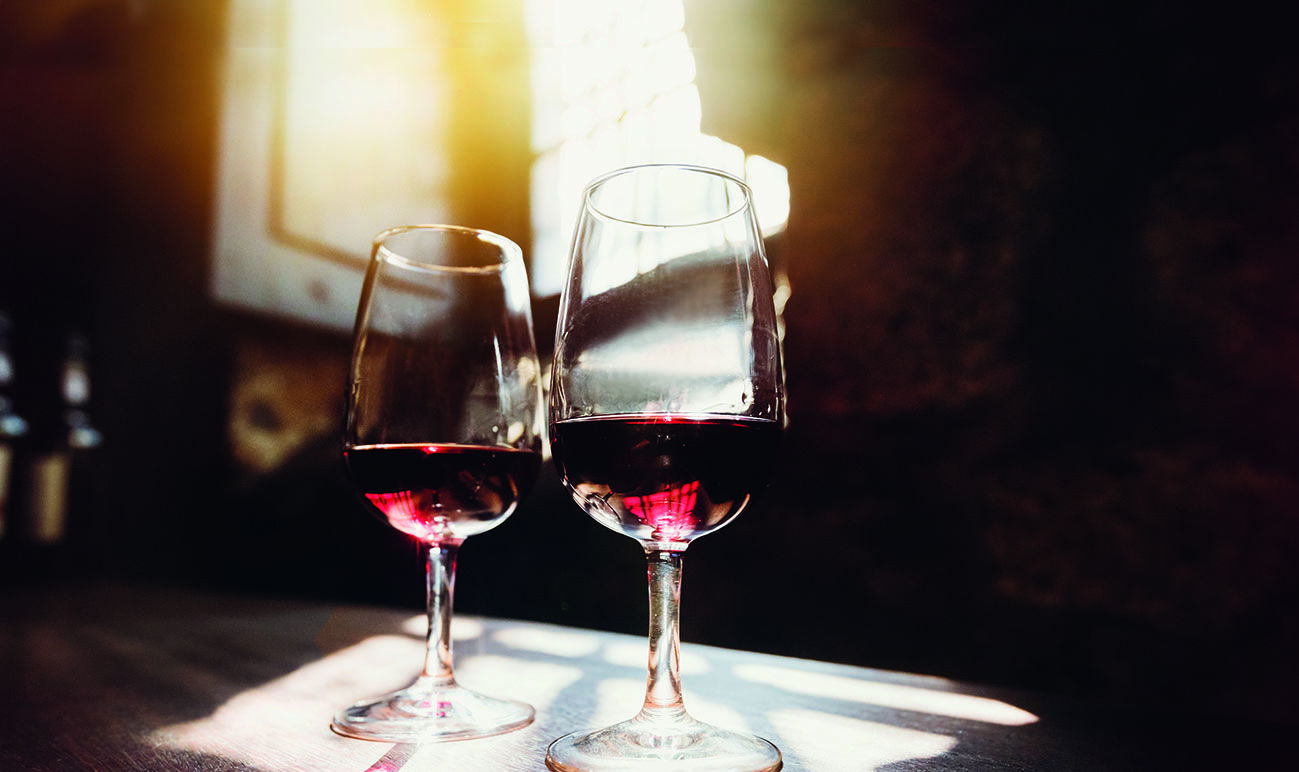

Amaretti di Guarcino
Legend has it that the amaretto recipe was given, as a sign of gratitude, to a family of Guarcino by a passing friar who received hospitality. Since then, the recipe has been handed down from generation to generation, always in absolute secrecy. The Amaretti di Guarcino, composed of sweet and bitter almonds, egg white, sugar and wafer, are distinguished by their marked softness.
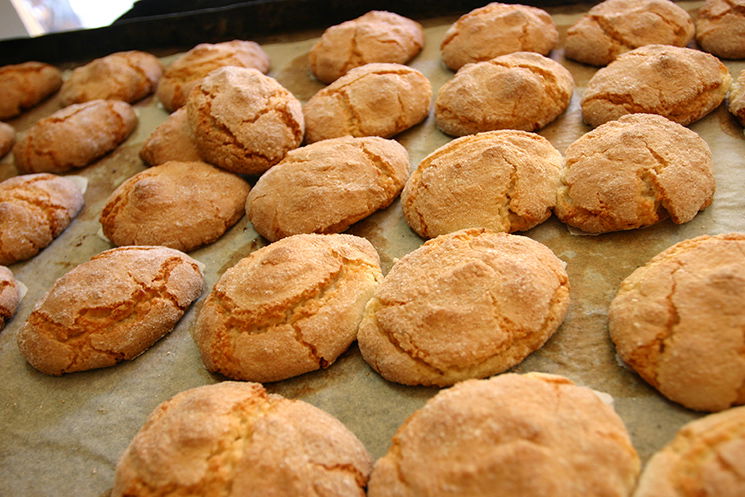
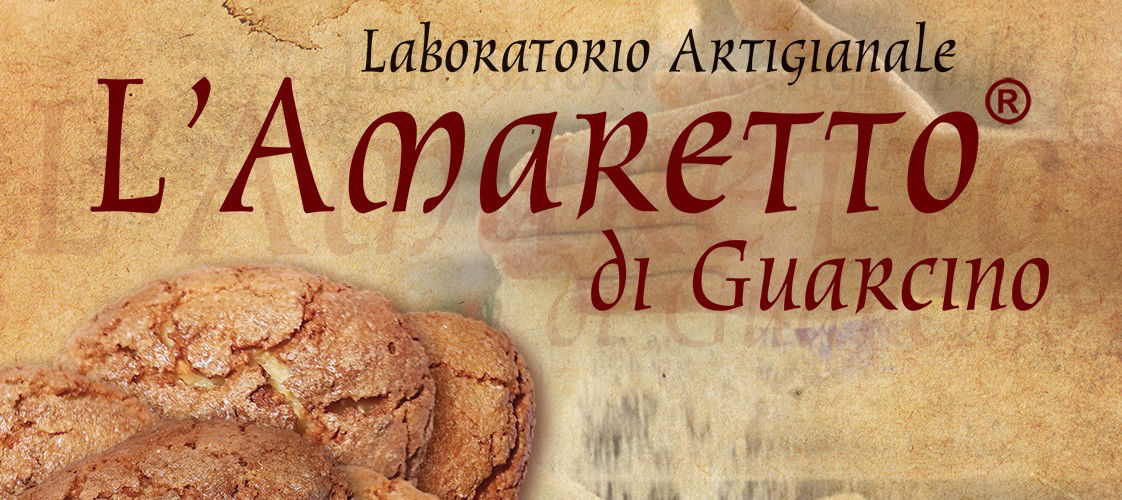
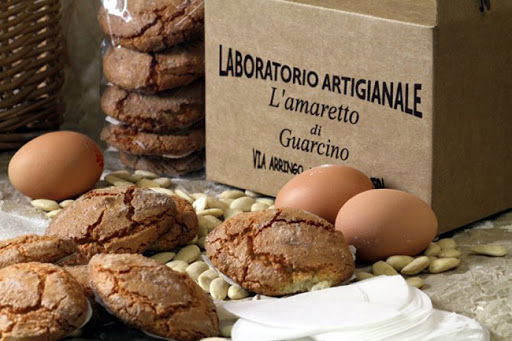
The Fini Fini
The ends, or "Maccaruni" or fettuccine are one of the most representative gastronomic specialties of the city of Frosinone. This specialty has always been considered an indispensable dish for special occasions, holidays and above all for the "Carnival of Frosinone". Being among the oldest recipes of Ciociaria, the first traces date back to the mid-16th century. For the purposes, the cutting of the pastry is fundamental, which must be done by hand, and traditionally, they should be seasoned with a traditional ragù.
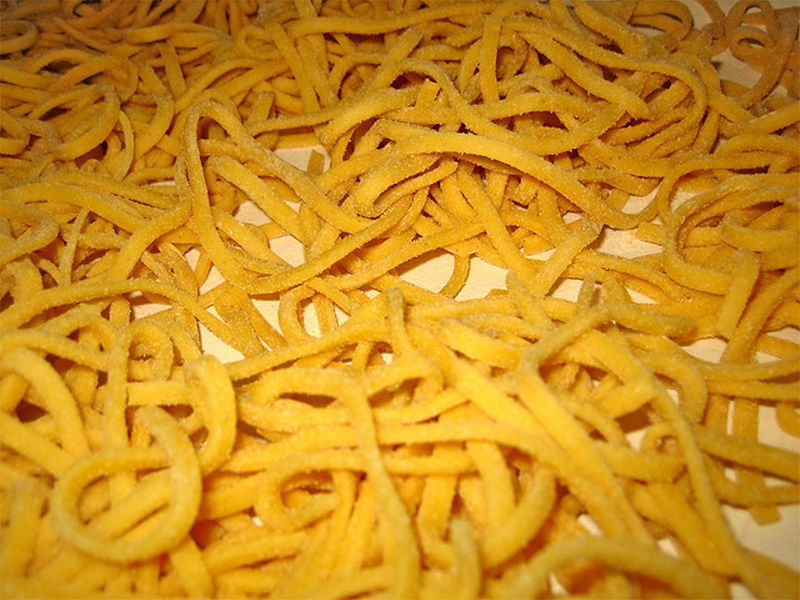
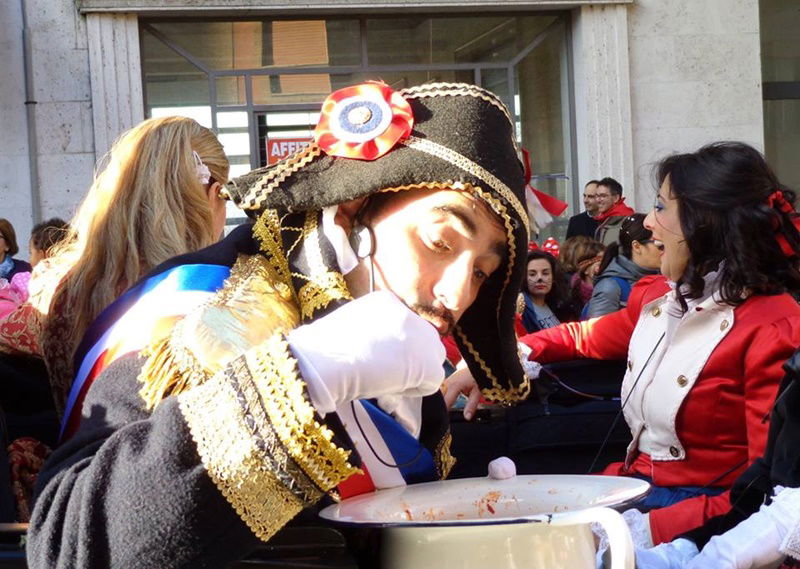
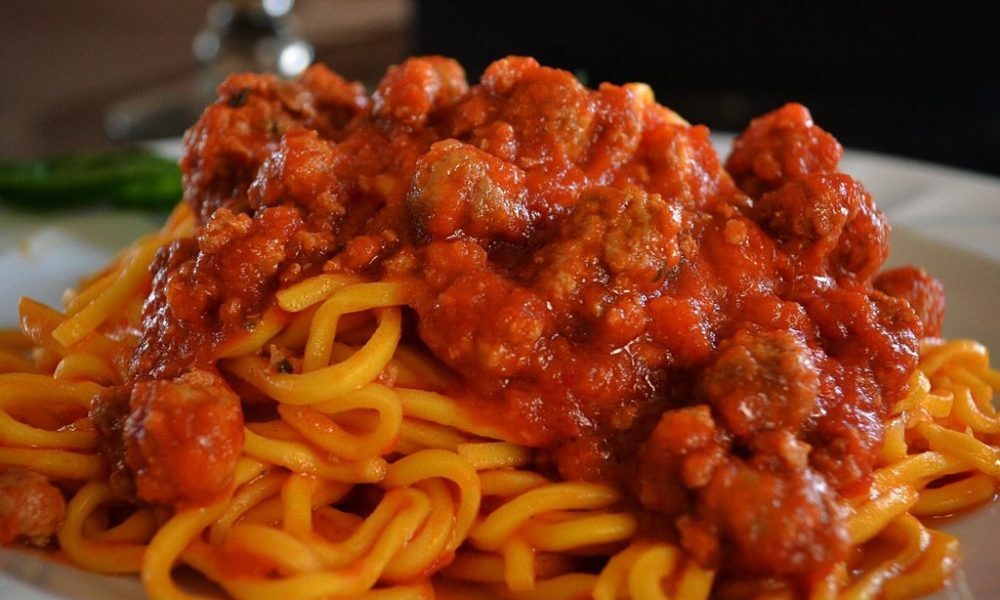
Sagne and beans
Hunger is the best of condiments ”, wrote Cicero in his“ De finibus bonorum et malorum ”. But there is a dish that the famous Roman orator preferred above all: pasta and beans. Or better, "sagne" and beans. So it is said in Ciociaria and Arpino, the homeland of Cicero (and of the dish). The version that the speaker tasted in his early childhood, before moving to Rome, is most likely the one that has been handed down so far and that is eaten today in winter, but also in summer, on the occasion of local festivals with some reinterpretations. The dough is always the same: water and flour.
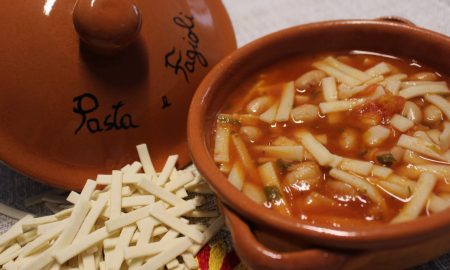
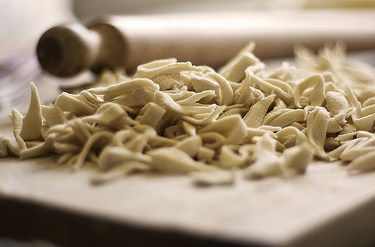
Boniface VIII timbale
Anagni dedicated his best known and most appreciated dish to his best known pope, Boniface VIII. In front of the Town Hall, an ancient sign can still be found today, indicating access to a nearby restaurant that has been in the area for three hundred and fifty years, assuming the role of silent witness to the evolution of the Ciociara town and its traditions. The Casa del Gallo, as the place is called, was initially a simple tavern, it was used over the following centuries to shelter the women of the town from the Spanish mercenaries who terrorized the area during the salt war in the sixteenth century. It then became a post office, destined to offer accommodation and refreshment to travelers, and for centuries it has provided for the satisfaction of both citizens and the many foreigners who stayed in the city, offering typical traditional dishes. From an innovative culinary idea was born, the timbale composed of fettuccine kneaded at home and seasoned with the addition of a rich ragù, inside which special aromas and aromas are added, known in detail only to its inventor and family. To close and seal everything are affixed by slices of ham, before moving on to cooking in the oven. It is a special timbale, which by virtue of its goodness, the creator dedicates to the most famous pope of Anagni, Bonifacio VIII.
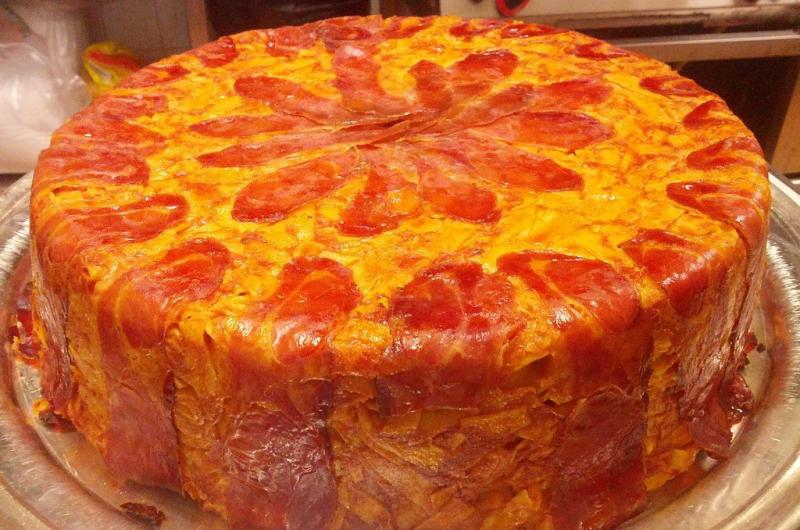
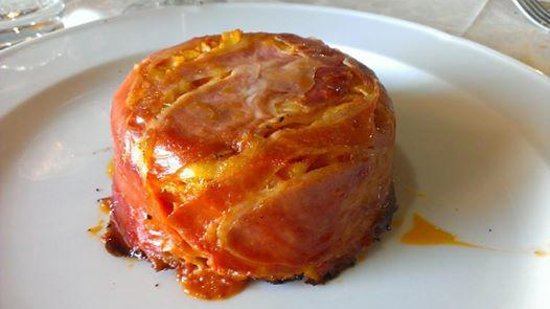
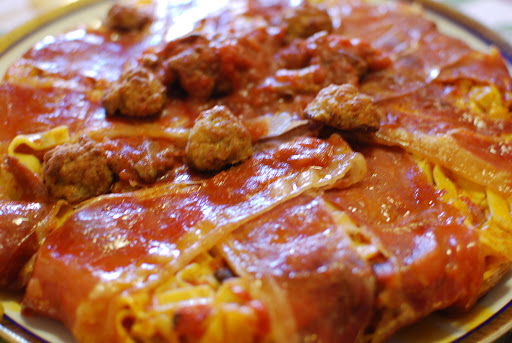
I Cecapreti - (strozzapreti)
The greediness of the priests at the origin of the name Obviously, the name of this pasta, one of the oldest in Italy, is particularly intriguing. The appearance on the tables is in fact traced back to the times of the Papal State. Often also referred to as Strozzapreti, this type of homemade pasta has different shapes depending on the region in which it is prepared. In Lazio and in particular in the Ciociaria area, Cecapreti are elongated spaghetti made with water, an egg and flour, with a particular consistency that requires careful chewing to savor them to the fullest. the name of Cecapreti or Strozzapreti, in fact alludes to what was once considered the gluttony of priests and to the fact of tasting pasta with too much greed.
The Prosciutto di Guarcino
Guarcino ham, registered in the National List of Traditional Agri-food Products, is the excellent production of a small village in Ciociaria that boasts the production of one of the best hams in Lazio. The ancient local tradition combined with the skill of the Guarcino butchers with the benefits of the mountain climate are the distinctive elements of this gastronomic product which, together with the geography of the village and an ideal microclimate, guarantee the processing and aging of the hams. Guarcino ham is produced exclusively with meat from local farms. Before arriving at the final product, it undergoes a 13-month processing treatment, including 7-8 months aging and a careful choice of ingredients, such as lard flavored with chilli and juniper berries for the 'grouting' as well as the aging rooms, which use the natural climate of the environment for several months of the year.
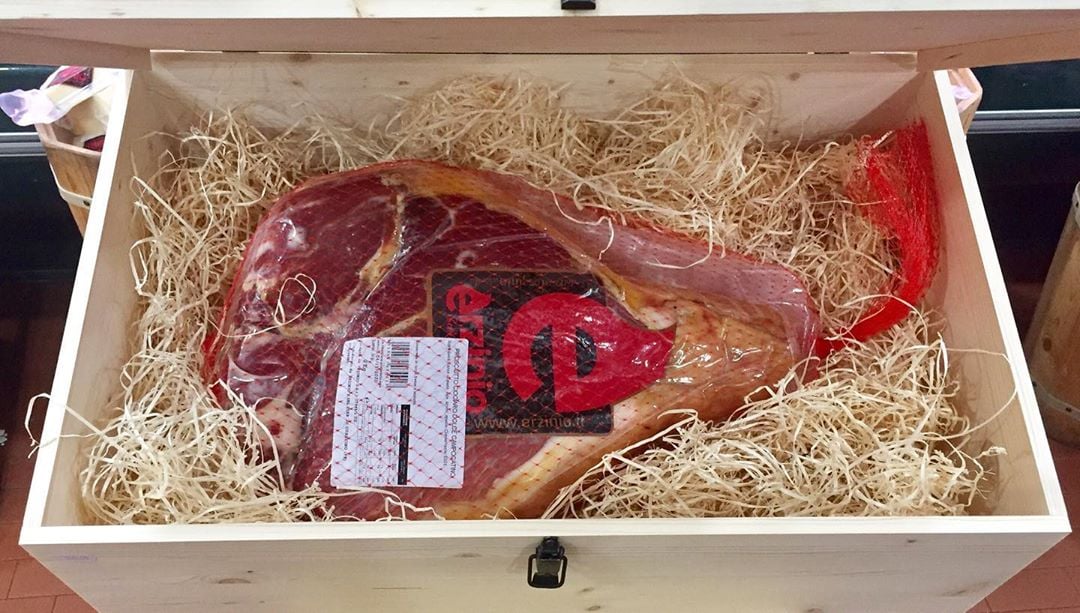
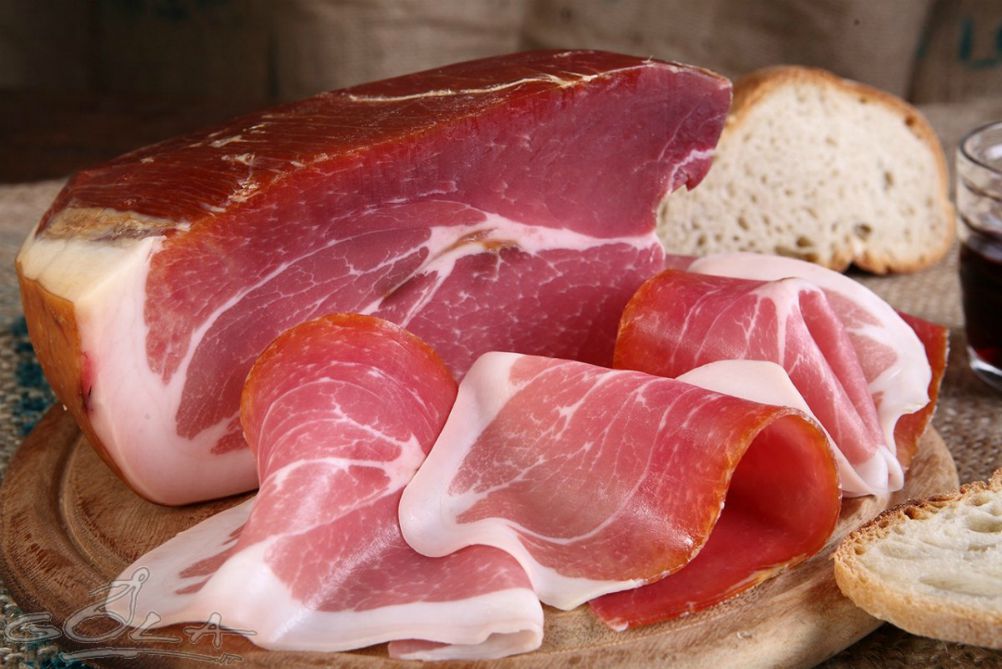
The Passerina del Frusinate
The cultivation of the Passerina Frusinate vine stems from a peasant activity that preserves and hands down a great tradition, regarding a wine that deserves greater. Passerina del Frusinate, which is born in the territory of a large area of Lazio identifiable with Ciociaria, is a native vine in all respects. In fact, it has its own well-defined biological identity, a history, and its own organoleptic peculiarities. Therefore, Passerina del Frusinate has its own “DNA”, like that of Cesanese del Piglio, another local vine successfully cultivated in areas such as Paliano, Piglio, and absent in the rest of Lazio. The glorious vine that "has its roots" in the fertile lands of Ciociaria, is a white grape vine. The particular and curious name is due to the sparrows greedy of the sweet grapes of the vine. which comes with medium-large sized pyramidal clusters. The berries, on the other hand, are small, yellow / gold in color. The ripening generally comes close to autumn, and it is a rather vigorous plant, with good quality yields. Passerina del Frusinate is also known for its beneficial properties and which has aromas of dried fruit, confirmed by tastes of zabaglione.
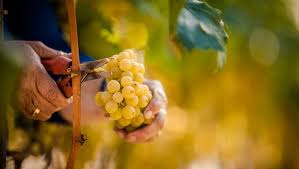

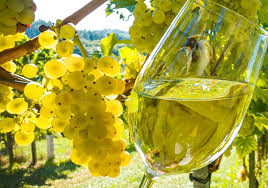
The bread
Bread boasts ancient origins, its history and its production are closely linked to everyday uses. At one time, every housewife prepared bread at home and then went to the many wood-burning ovens in the city to bake it. While waiting for the baking, the bread often leavened twice, this practice, then dictated by chance, over time has become one of the distinctive signs of the precious bread. Once made, the dough is left to rest for about 1 hour and a half. Then, the classic rounded loaves are formed by hand and left to rise on wooden boards for another hour before being cooked in a wood oven. The shape of Pane Ciociaro is the classic round loaf, but it is also made in the loaf format, the weight is about 2 kg. The external crust is golden in color tending to brown, the internal paste is white in color, typical of small and diffused alveolations. The flours used are of type 0, 00 and 1 soft wheat, but also of type 2 semi-wholemeal and stone ground. A fundamental ingredient is the mother yeast which is periodically reinforced with flour and water.
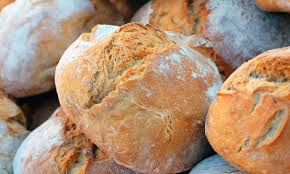

The Serronese Ciammella
Here is a specialty that combines the taste of sweet and salty. It is said that this donut, a symbol of wealth, was the gift that the man brought as a dowry when he went to ask for his girlfriend as a wife. on their wedding day the women placed the donut on the head of their husband, like a crown symbol of their union try it is a delight. @Credit Photo http://www.glocaltaste.com/la-ciammella-serronese/
